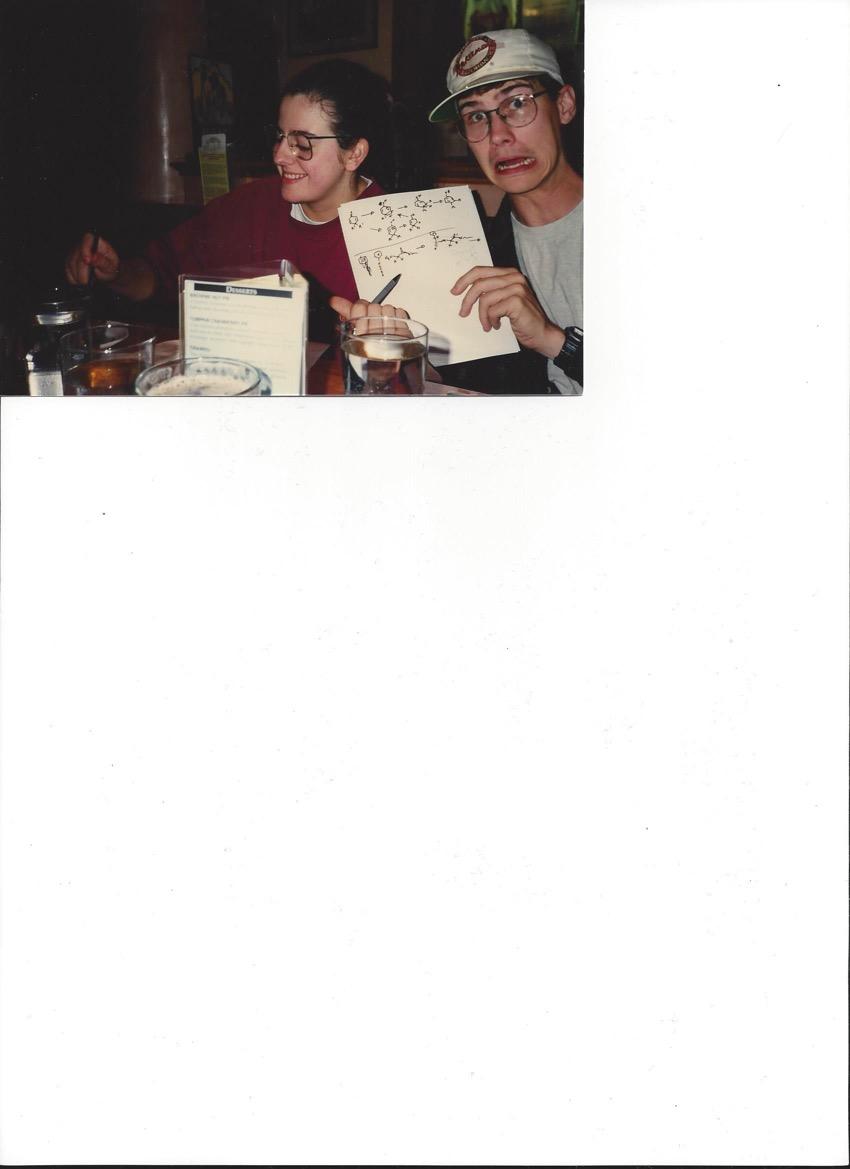
8 minute read
Alumni Spotlight
Alumni Spotlight Dr. Bradley R. Hart
Program Manager, Intelligence Program (Z Program) Lawrence Livermore National Laboratory B S Chemistry 199 6
Advertisement
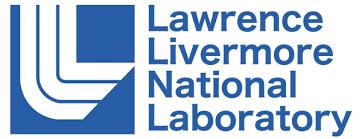
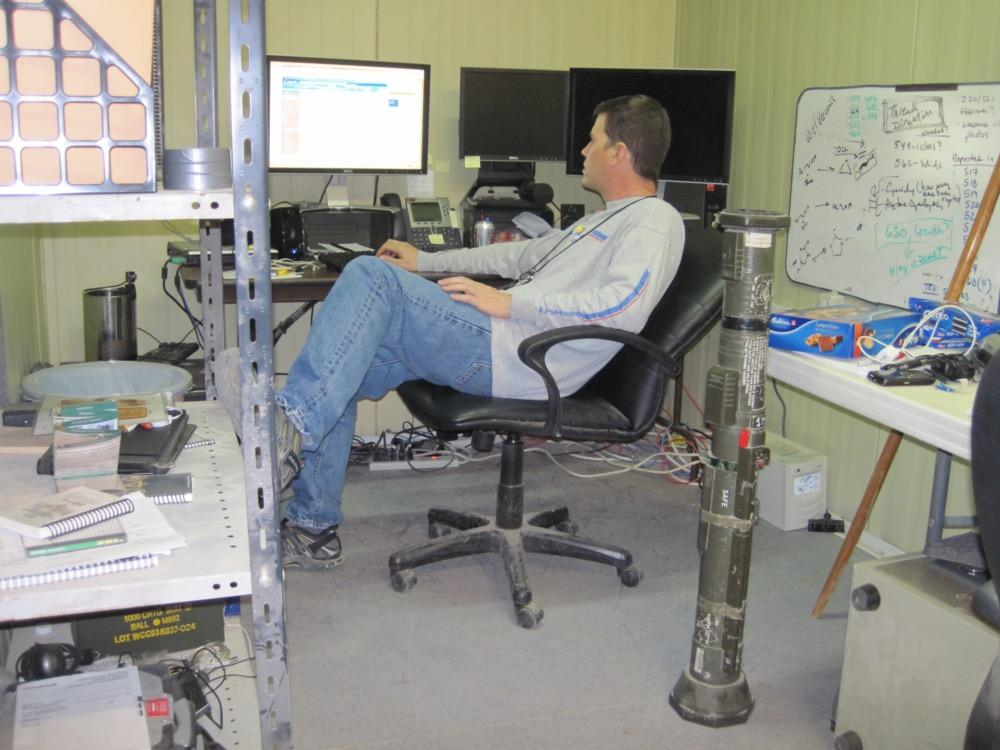
Dr. Brad Hart, who graduated from KU with a B.S. in Chemistry in 1996, currently heads the Intelligence Program (also known as Z Program) at Lawrence Livermore National Laboratory. Brad grew up in Garden City, Kansas in the southwest corner of the state. He started college with the goal of pursuing a pre-med curriculum, however he quickly discovered a passion for chemistry, which was strengthened when he became engaged in research in Professor David Benson’s lab at KU. “Professor Benson was a new addition to the faculty and his enthusiasm for his research and willingness to engage and teach in a very handson way was incredibly motivating.” In his lab, Brad studied the structure and folding of peptides as well as organic synthesis using peptide-sandwiched mesohemes. This research resulted in Brad’s first peer-reviewed publication, one he keeps in his office to this day. In addition to the research, Brad said the faculty, graduate students, and fellow undergrads really gave the department the feeling of family. When asked about how his undergraduate research experience at KU shaped his future path, Brad said that it: “… opened my eyes to the world of chemistry beyond the classroom. The idea that anyone willing to ask hard questions and put in the work could have an impact really set me on a course for a career focused on finding and applying technical solutions to challenging real-world problems.”
A key part of his undergraduate education was spending a summer conducting research in Professor Gilbert Stork’s lab at Columbia University as part of the NSF/REU program. “Working in Professor Stork’s lab was an incredible opportunity that I took so much away
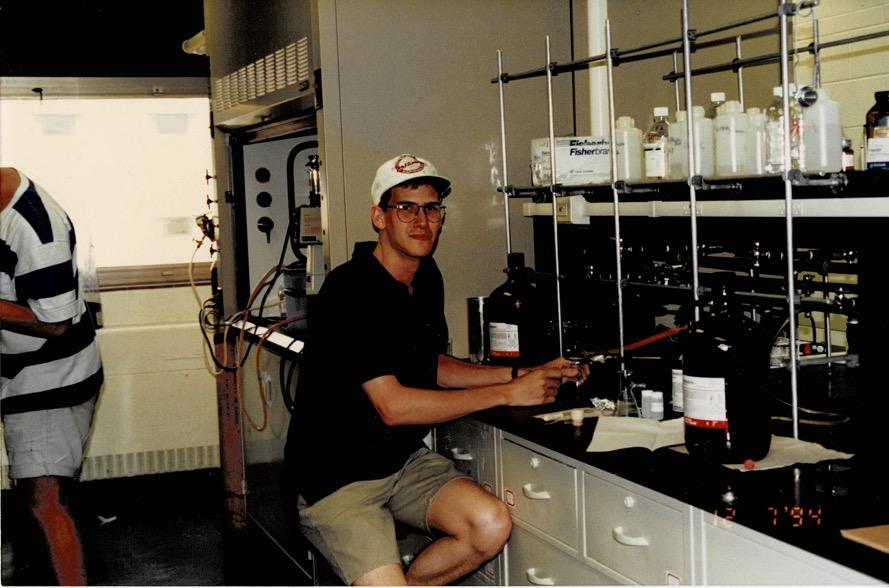
from. The experience really helped shape my remaining time at KU as well as my path to graduate school.” After graduating from KU, Brad went on to the University of California, Irvine, where he earned his Ph.D. under Professor Kenneth Shea. While exploring organic synthesis and materials chemistry at UCI, Brad also had the opportunity to meet and engage with another faculty member, Professor F. Sherwood Rowland, winner of the 1995 Nobel Prize in Chemistry and former Professor at KU. “While I didn’t have the honor of working in his group, I did spend time talking with Professor Rowland about our common ties and shared love of KU.”
After graduate school Brad chose to stay in California as a Post Doc at the Lawrence Livermore National Laboratory (LLNL), a Department of Energy Laboratory in Livermore California. During that time, he began work within the Fo-
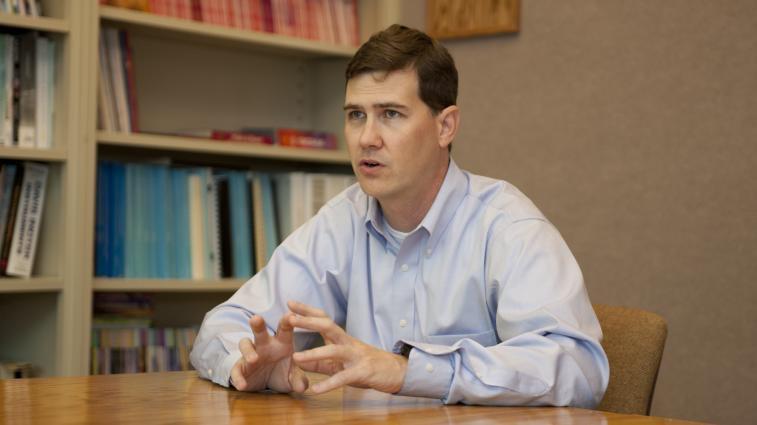
rensic Science Center (FSC). Founded in 1991, the FSC conducts research in the areas of chemical, biological, nuclear and energetic materials forensic analyses, as well as novel approaches to traditional forensics. In addition, the FSC is a working forensic laboratory supporting law enforcement, the national security community and the Department of Defense. Additionally, the FSC serves as one of only two laboratories in the United States that are designated as Organization for the Prohibition of Chemical Weapons (OPCW) Laboratories, that is internationally certified under the Chemical Weapons Convention for identifying chemical-warfare agents. It was during his time at the FSC that Brad found a passion for science in the national interest.
His time in the FSC drew out a desire to contribute in a more hands-on way to issues surrounding national security and in 2008 he jumped at an opportunity to join the Defense Intelligence Agency (DIA), where he was involved in supporting the agency’s mission both in the US and abroad. In 2011 Brad found himself headed back to LLNL, this time
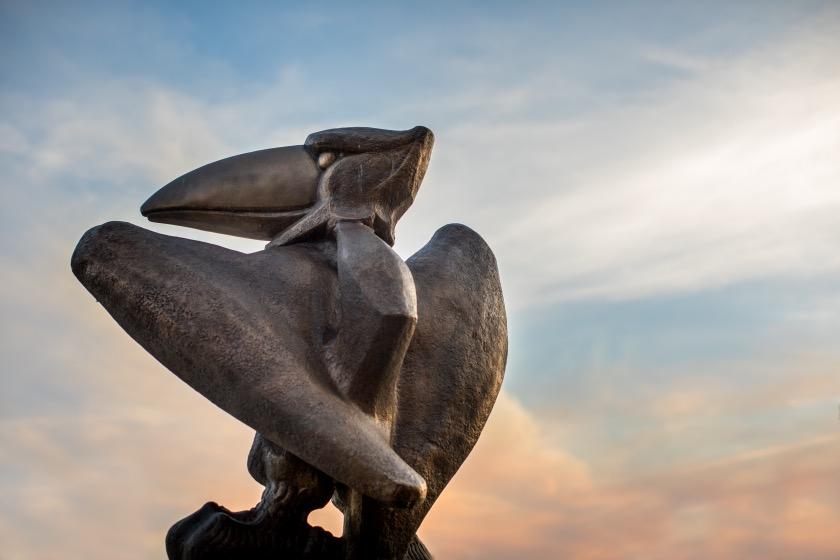
“Great sense of humor as well as a sense of adventure (in addition to being the first group member of an assistant professor, he took up skydiving and earned a pilot’s license in college). But humble, congenial and hard-working at the same time.” -Prof. David Benson
Brad outfitted in KU gear in Iraq (2010).

as the director of the Forensic Science Center. While serving as its director, Brad focused on growing both the research portfolio, with an emphasis on building multidisciplinary teams to develop solutions to the national security community’s most difficult technical challenges, as well as its support to real-world sample analysis. Much of this work focused on developing novel approaches to forensic science and transitioning those new capabilities to real-world applications. One example was the application of cutting-edge proteomic analysis to human identification. His broad technical background and experience working within the national security and intelligence communities led to him being selected to lead the Z Program at LLNL in 2011. In this role, Brad oversees a complex multidisciplinary program with the goal of providing deep technical support to a broad array of National Security requirements including technically informed finished intelligence analysis, cyber security, nonproliferation and arms control, space science and security, biosecurity and weapons of mass destruction forensic science. When asked what inspired him most from his time at KU, Brad responded: “The spirit of camaraderie and collaboration across the department and the enthusiasm for discovery inspired me to seek out opportunities where teamwork was prioritized. My early experiences at KU continue to push me to ensure that the amazing teams I work with today, have the opportunity to thrive in similar supportive environments.”



Brad’s famous sense of humor on display with graduate student Michelle Kennedy (1995). As Bart Simpson would say, don’t have a cow!—but there is a thread connecting KU Chemistry with the iconic TV show, The Simpsons. The connection runs through Professor Hamilton P. Cady (1874-1943), who began his career as an assistant professor at KU in 1899 (top photo). That’s before he received his Ph.D. That came in 1903 with research on the electrical conductivity of salts in liquid ammonia, the first Ph.D. degree conferred by the KU Chemistry Department. Although Cady is most famous for his discovery of helium in natural gas with David McFarland in 1905, perhaps his most remarkable achievement was his longevity as chair of the department, a position he held from 1920 to 1940.
Among H.P. Cady’s graduate students was one Abe A. Groening (bottom photo), who received a Ph.D. in 1926 with a dissertation entitled Decomposition Voltages and Metal Overvoltages in Liquid Ammonia and in Water. The work was published in the Journal of Physical Chemistry (1926, 30, 1597-1615).
Abe Groening’s full name was Abram Abraham Groening, which he often shortened to A.A. Groening. A.A. was born in Hillsboro, Kansas in 1894 into a community of Mennonite immigrants. He was part of the 1908 inaugural class at Tabor College, a Mennonite college in Hillsboro, where he first completed his secondary school and then received his B.A. in 1915.
Groening’s Mennonite community was German speaking by heritage and pacifist by conviction. In 1918 A.A. received his draft notice. Like many young Mennonite men, many of them conscientious objectors, A.A. was to report to Camp Funston at Fort Riley, Kansas. Whether he made it to Camp Funston or not is not clear. Anti-German and antipacifist sentiment ran deep during World War I., and at some point A.A. moved to Saskatchewan, Canada. According to local lore in Hillsboro, A.A. left Kansas to escape anti-pacifist vigilantes. A.A.’s second son, Homer Philip Groening, was born in Saskatchewan in 1919.
A.A. returned to the U.S. and received an M.A. degree from the University of Oregon in 1921, after which he took a position as instructor of chemistry and physics at Tabor College. Sometime around 1923 he arrived at KU to undertake graduate work in chemistry. After his Ph.D. was awarded in 1926 he continued to teach at Tabor where, by 1930, he was dean.
In 1930, A.A. left Tabor College to join the faculty at Albany College in Oregon. Apparently an able administrator, A.A. was appointed dean at Albany College in 1935. The college later relocated to Portland and took the name Lewis and Clark College. After a stint at Linwood College, A.A. returned to Lewis and Clark as head of the physics department. A.A.’s son Homer married Margaret Ruth Wiggum in 1942. Homer and Margaret (Marge?) had several children, among them Matthew Abram Groening, born in Portland in 1954. And that brings us to the Simpsons. After college, Matt Groening moved to Los Angeles, where he worked odd jobs, started a comic strip, and eventually created The Simpsons. Bart Simpson’s parents, Homer and Marge, were named after Matt Groening’s parents Homer and Margaret Groening. Like Bart in the comic, Matt had younger sisters Elizabeth (Lisa) and Margaret (Maggie).
Perhaps the fact that Matt Groening’s grandfather was a chemist explains the frequent references to chemistry on the show, including a periodic table with 250 elements and Homer’s rescue of Lisa from a snowbound school by (accidentally) tipping over a silo of salt to melt the snow. My favorite is Lisa’s perpetual motion machine, prompting Homer Simpson to respond, “In this house we obey the laws of thermodynamics!” Maybe Matt Groening should have taken a chemistry class from his grandfather: when Bart Simpson mixes acid with base the result is an explosion that covers everyone in the room with green gunk. D’oh!
Acknowledgements: The connection between KU chemistry and A.A. Groening is particularly interesting to me. I also grew up in Hillsboro, Kansas and attended Tabor College, where my father was a chemistry professor. I thank Peggy Goertzen, Director of the Center for Mennonite Brethren Studies at Tabor College, for providing details of A.A. Groening’s career at Tabor. A.A. Groening’s dissertation was accessed through the K.U. libraries. Further information was found in Dale Suderman, Hillsboro, Home of the Simpsons (Hillsboro Free Press, Aug. 15, 2007); A.A. Groening’s obituary (The Oregonian, Feb. 21, 1981); and J.A. Wiebe, V.R. Wiebe, and R.F. Wiebe, The Groening/Wiebe Family 1768-1974.

